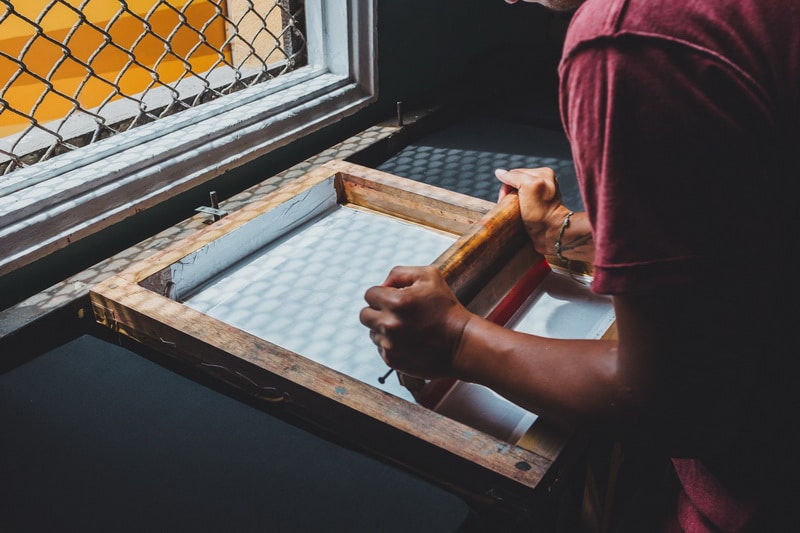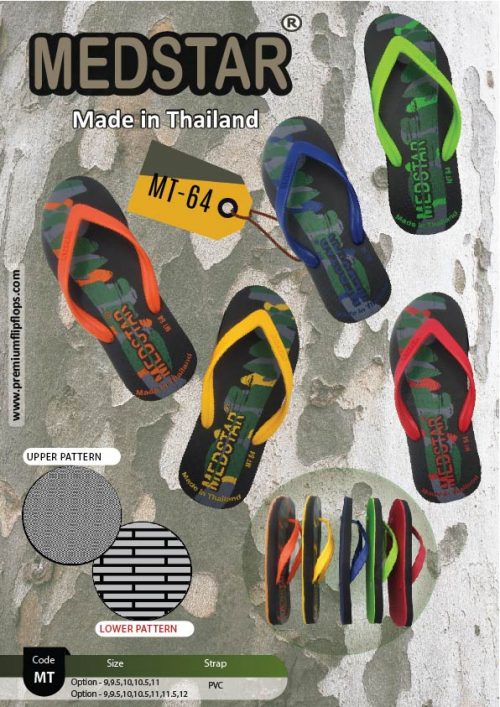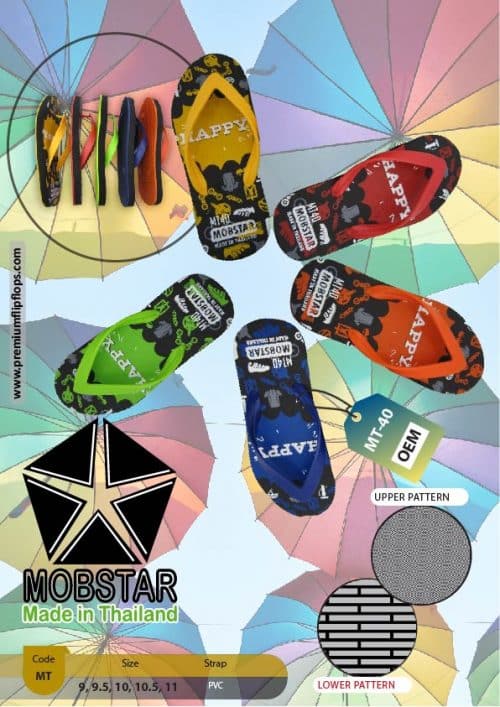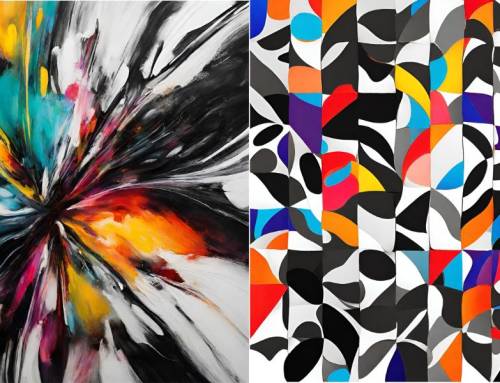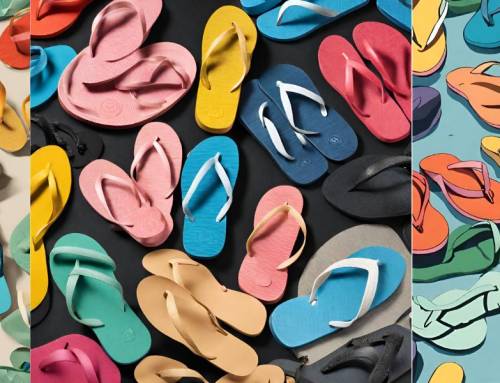Screen Print Slippers:
The method of pressing ink through a stenciled mesh screen to produce a printed design on a slipper is known as screen printing. Even if you’ve never heard of the word before today, chances are you’ve worn or used a screen-printed flip flop. The method is also known as serigraphy or screen printing, but they all refer to the same primary method.How does screen printing work?
Screen printing uses a mesh screen, ink, and a squeegee to move a stenciled design onto a flip flop or slipper. The most popular screen-printed covers are fabric and paper, but specialized inks may also print on wood, metal, plastic, rubber, and even glass. The most basic approach entails making a stencil on a fine mesh board and then moving ink through it to imprint your template on the surface underneath.
Although the printing process is often somewhat similar, the way the stencil is made varies depending on the materials used. Stenciling can be done in a variety of ways, including:
- Cover the desired areas of the projector with masking tape or vinyl.
- Using screen blockers,’ such as glue or lacquer, paint the stencil onto the mesh.
- Creating a stencil with a light-sensitive emulsion is then produced in the same way as a photograph.
Screen-printed designs may use a single color of ink or a combination of colors. Colors must be applied in individual layers for bright slippers, using different stencils for each pigment.
What is the purpose of screen printing?
The fact that screen printing produces vibrant colors even on darker fabrics is one reason it is so common. The ink or paint is often layered on the flip flop or slipper’s surface, giving the print a pleasing tactile consistency.
The method is also popular because it makes it simple for a printer to duplicate a design multiple times. Since a single stencil can replicate a pattern numerous times, it’s ideal for making numerous copies of the same garment or accessory. Screen printing is also a very effective method for producing large quantities of personalized flip flops and slippers.
It is also possible to produce intricate multicolored designs by using professional equipment and an experienced printer. While the complexity of the process limits the number of colors that the printer can use, it does allow for more extreme coloration than is possible with digital printing alone.
Steps for screen printing flip flops
Screen printing can be done in various ways, but they all use the same basic technique. The type of printing we’ll discuss below uses a unique light-reactive emulsion to produce a custom stencil; it’s the most common type of commercial printing because it allows for creating intricate stencils.
Following are the steps for screen printing flip flops;
- Creating the Design.
- Getting the computer ready.
- Exposure of the emulsion.
- The emulsion is removed, and the stencil is made.
- The flip flop is ready to print
- The ink is pressed onto the object via the screen.
- The final step is to dry, inspect, and finish the product.
Variety of Collection of screenprint slippers at premiumflipflops.com:




